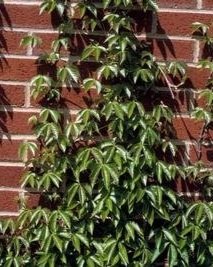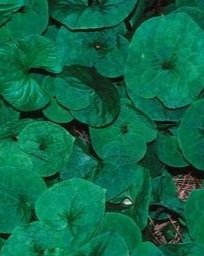Grow Me Instead: English Ivy
While many non-native plant species are non-threatening to our native biodiversity (like tomato plants), some can become invasive and negatively impact local natural areas, the economy, and/or human health. Over the next few months, we’re going to share native or non-invasive alternatives to common garden plants with invasive tendencies.
As part of our Grow Me Instead series, today we are featuring English Ivy (Hedera helix)!
Plant Description
Native to Europe, Western Asia and Northern Africa.
Introduced to America by colonial settlers as an ornamental
Woody, evergreen, perennial vine
Vines are trilling or climbing and can reach 90 feet long with stems 1 foot wide
Most leaves are juvenile—dull green, lobed, with distinct light veins—and reproduce by forming roots at stem nodes
Mature leaves are glossy green and unlobed, reproducing via umbrella-shaped clusters of greenish flowers followed by dark, berry-like fruits.
Problem
Tolerates a wide range of soil, moisture, and light conditions. It can invade fields, forests, stream banks, wetlands, etc.
Ivy weighs down trees, making them more likely to fall (large mass and “sail” effect). Shallow roots contribute to risk of slope slippage.
Spreads aggressively, can produce new root nodes, evergreen
Can spread over ground in forests and crowds out native plants (wildflowers, ferns, tree seedlings, etc.)
Mats often host pest animals, such as Norway rats
On walls and fences, ivy rootlets work into the wood and mortar and can cause structural and aesthetic damage.
Trees have increased risk of rot and disease by vines reducing sunlight access
Also dispersed by droppings of certain birds that can eat the berries
Native or Non-Invasive Alternatives
Native vines such as Virginia Creeper (Parthenocissus quinquefolia)
Ground covering plants like Canadian Wild Ginger (Asarum canadense)



